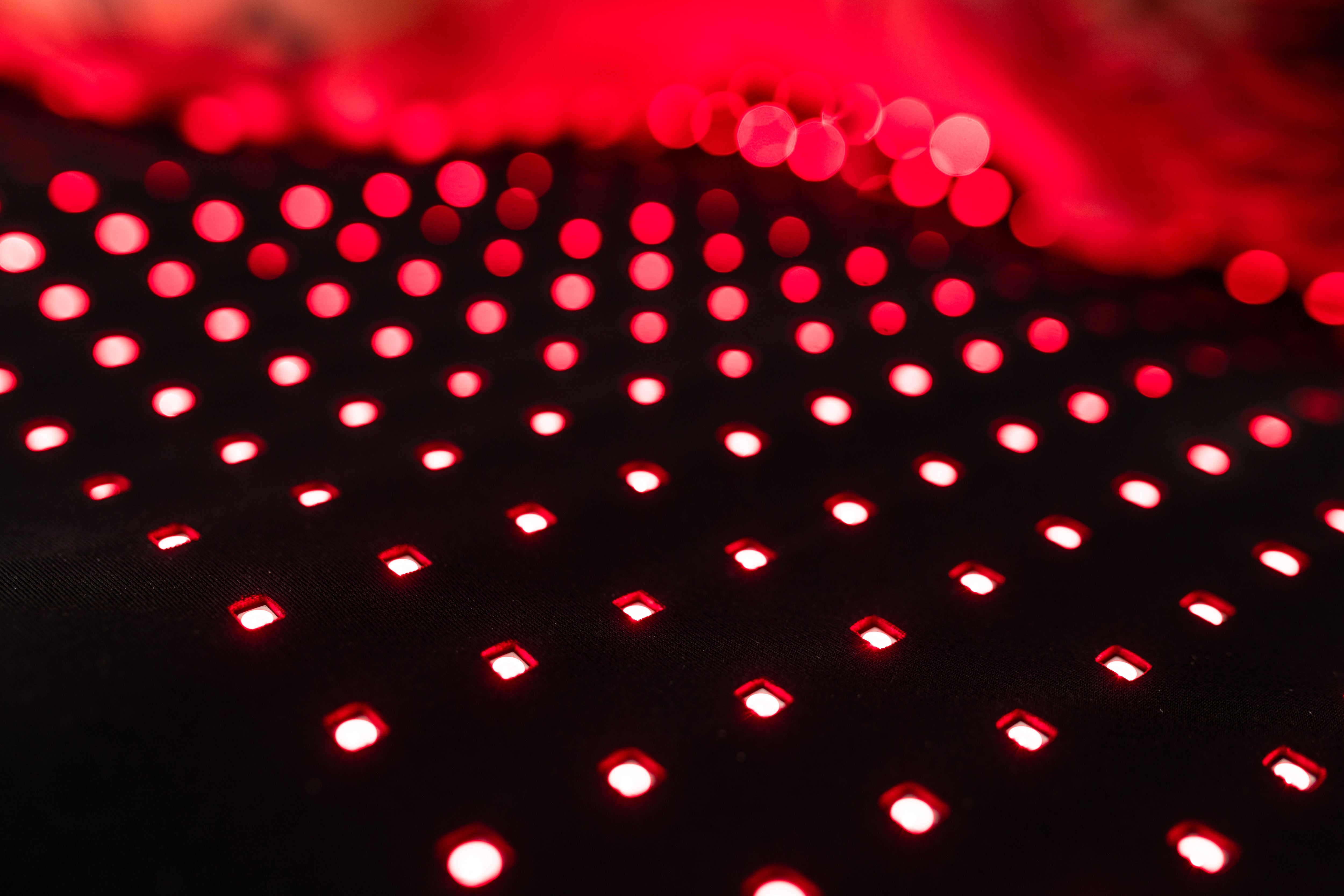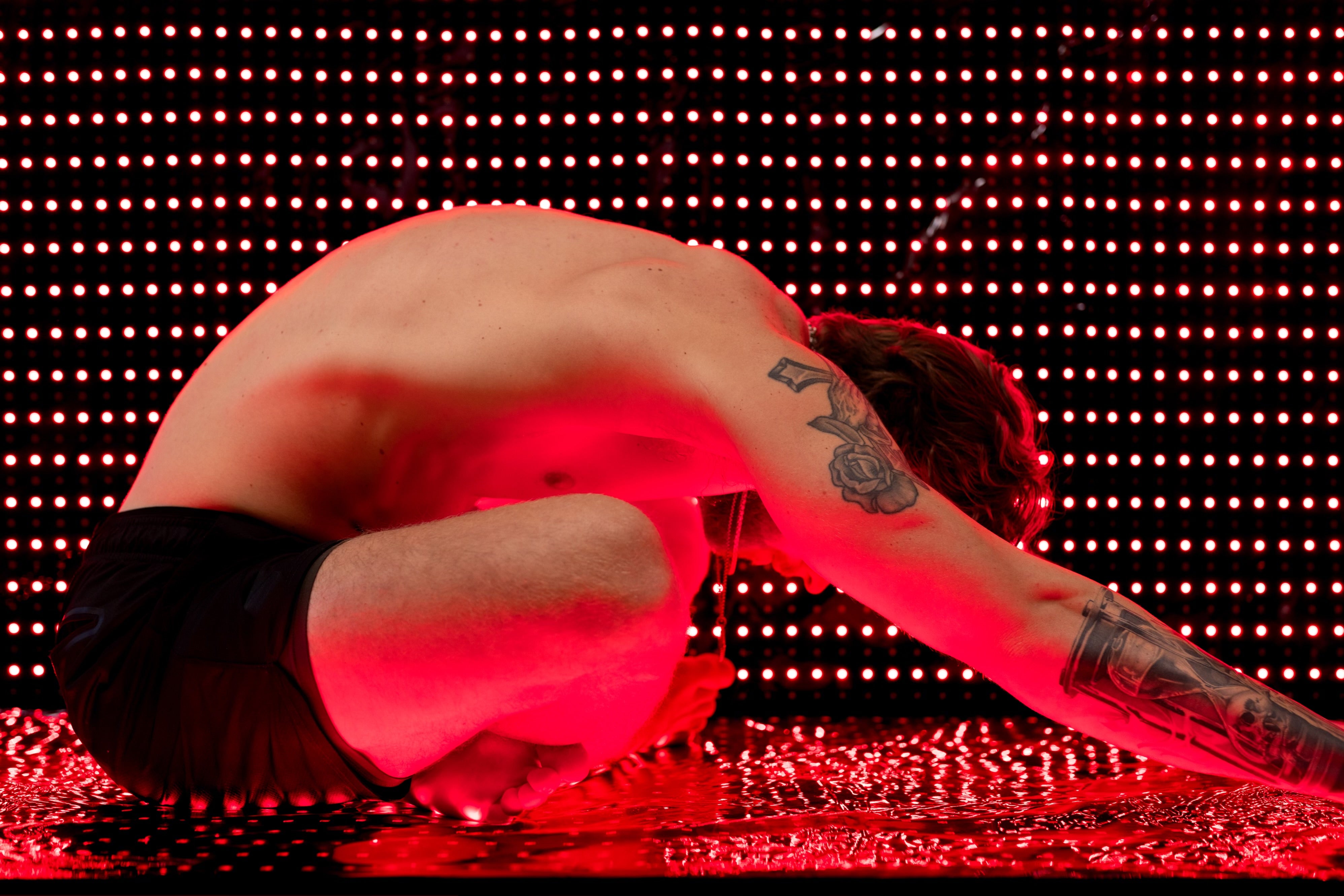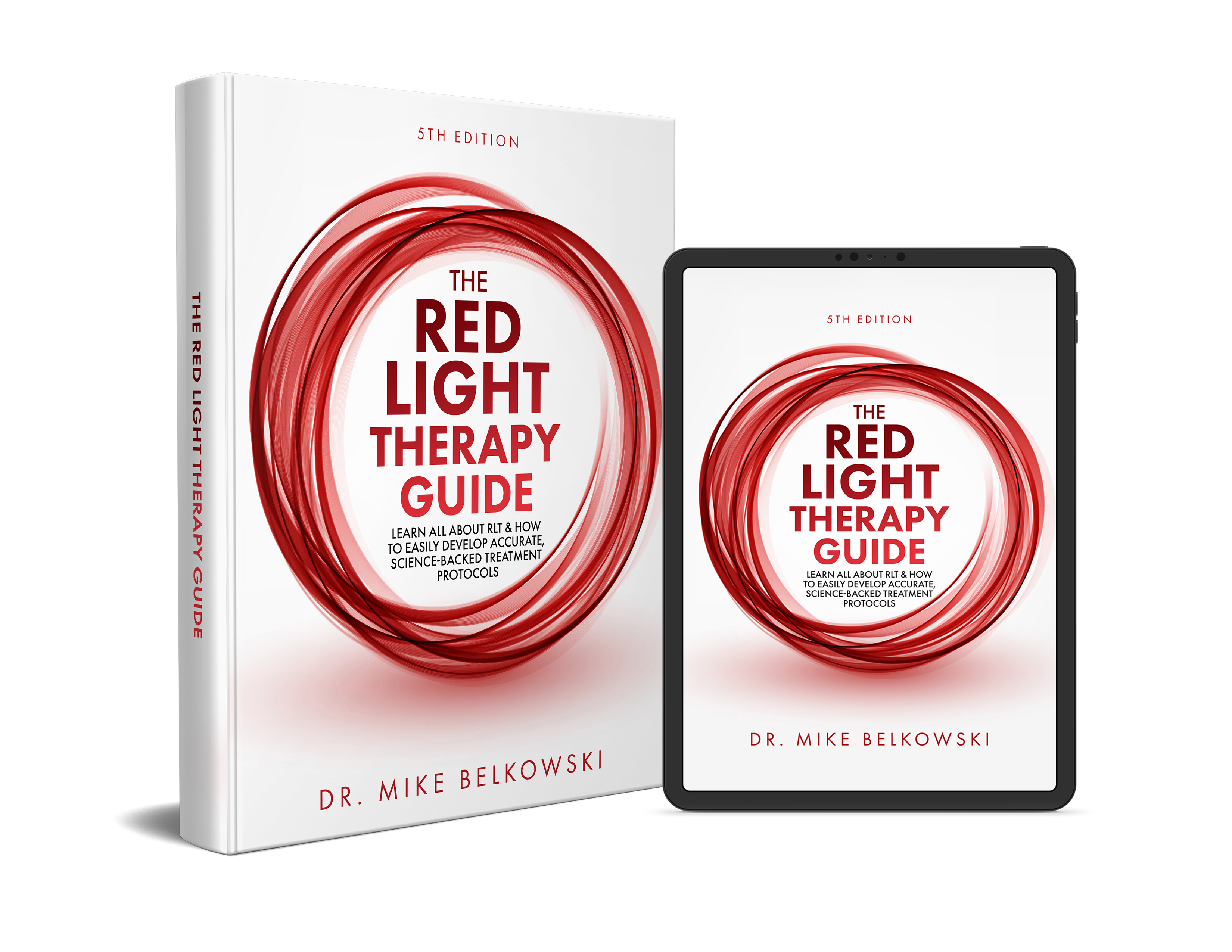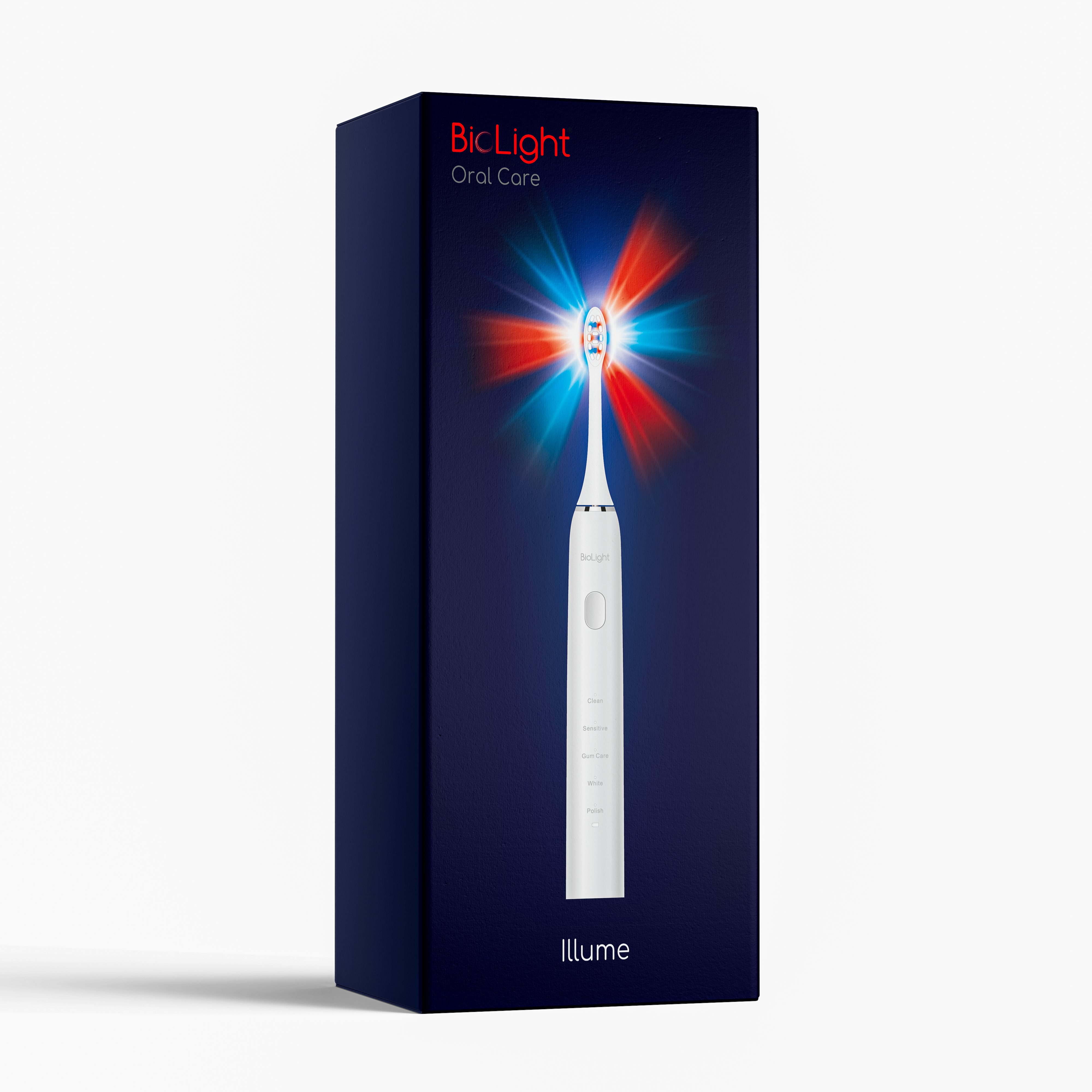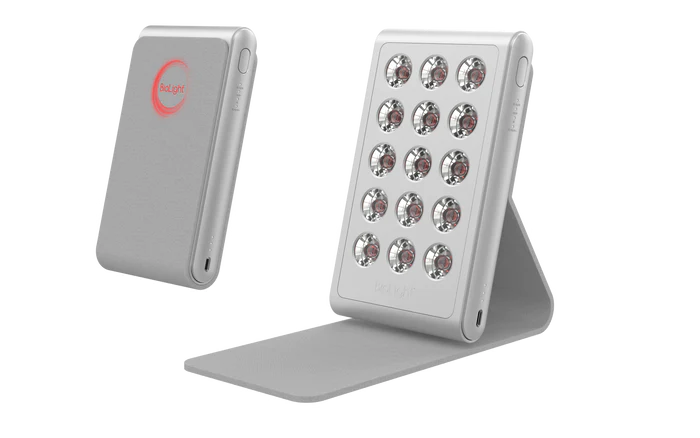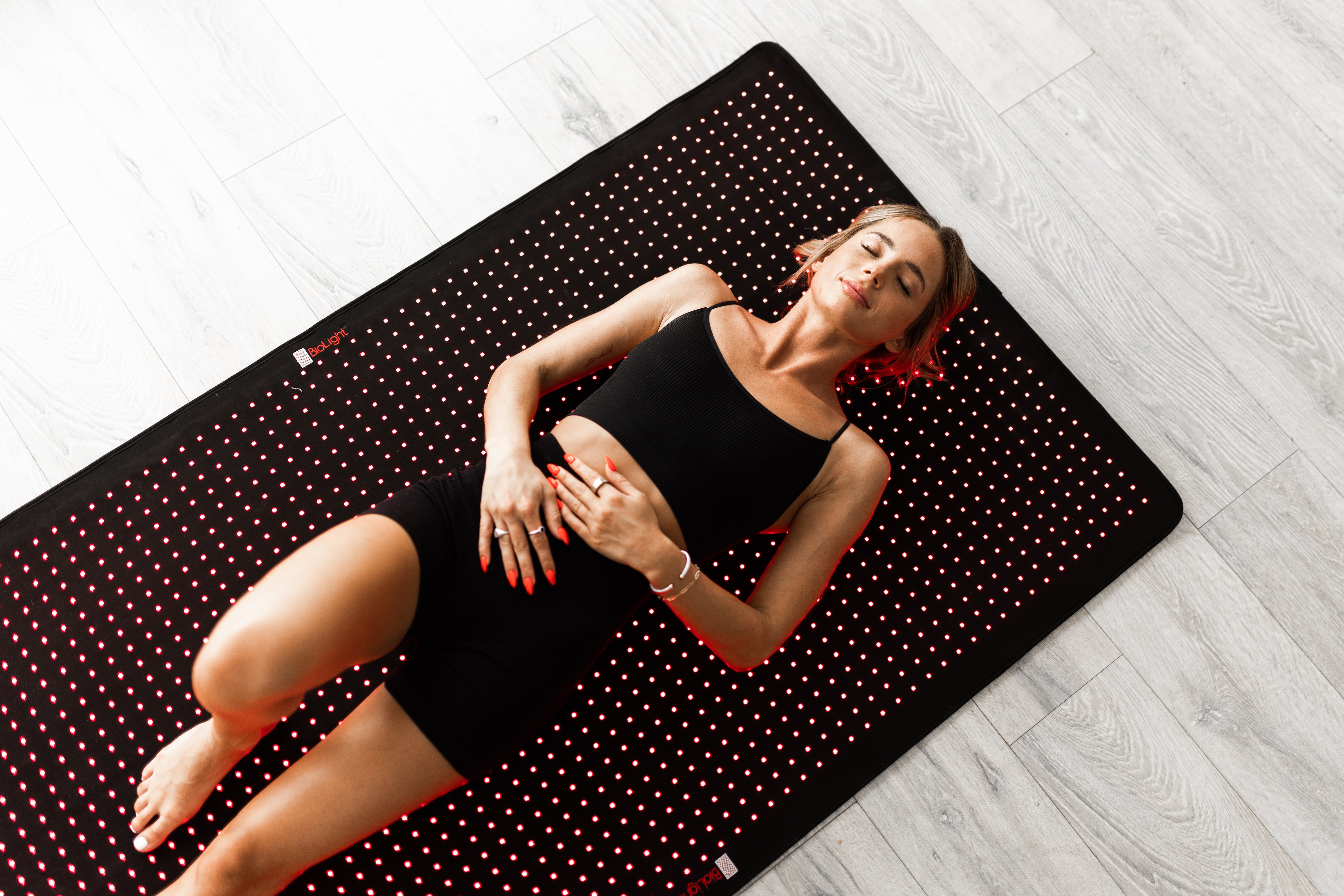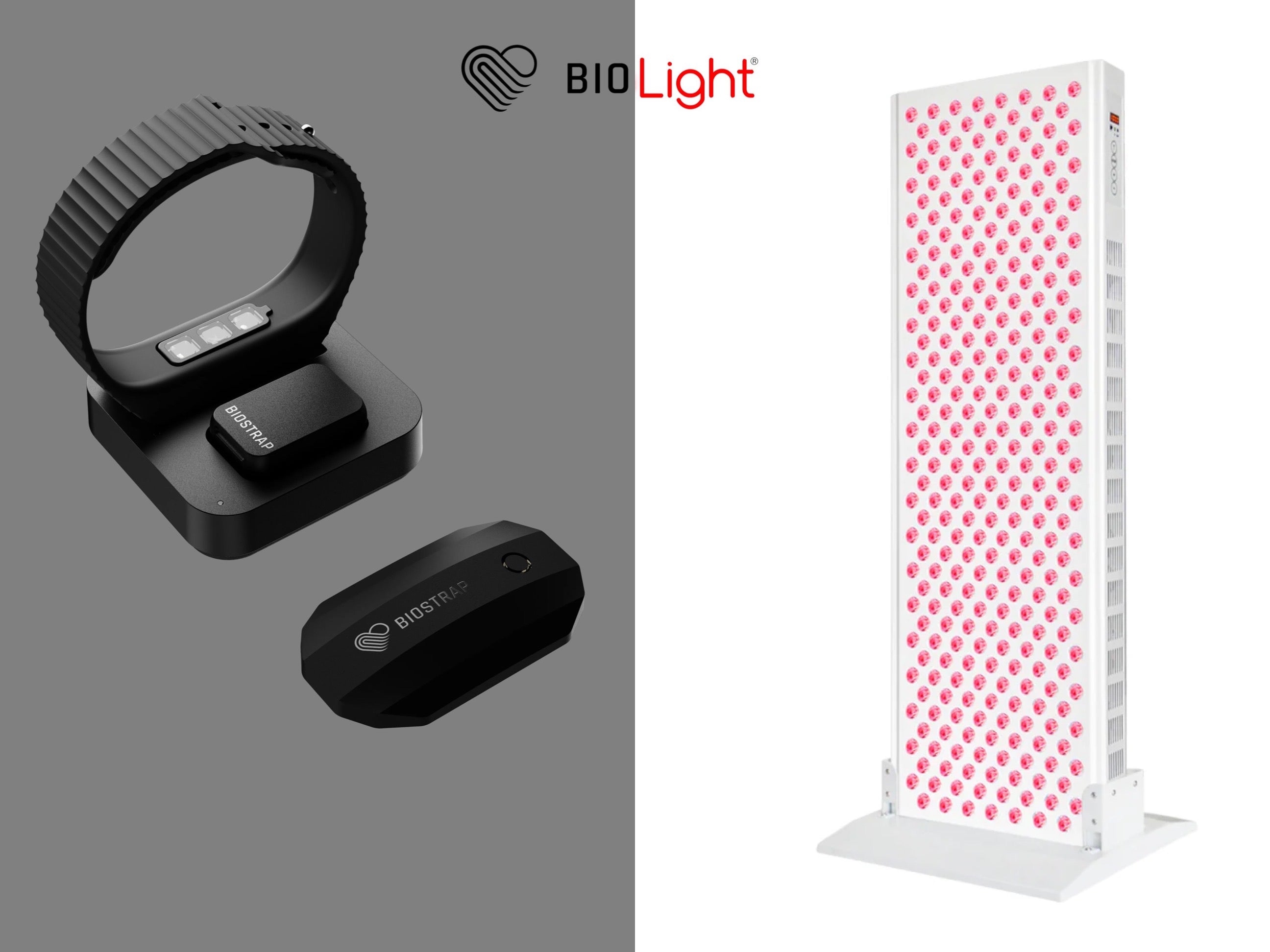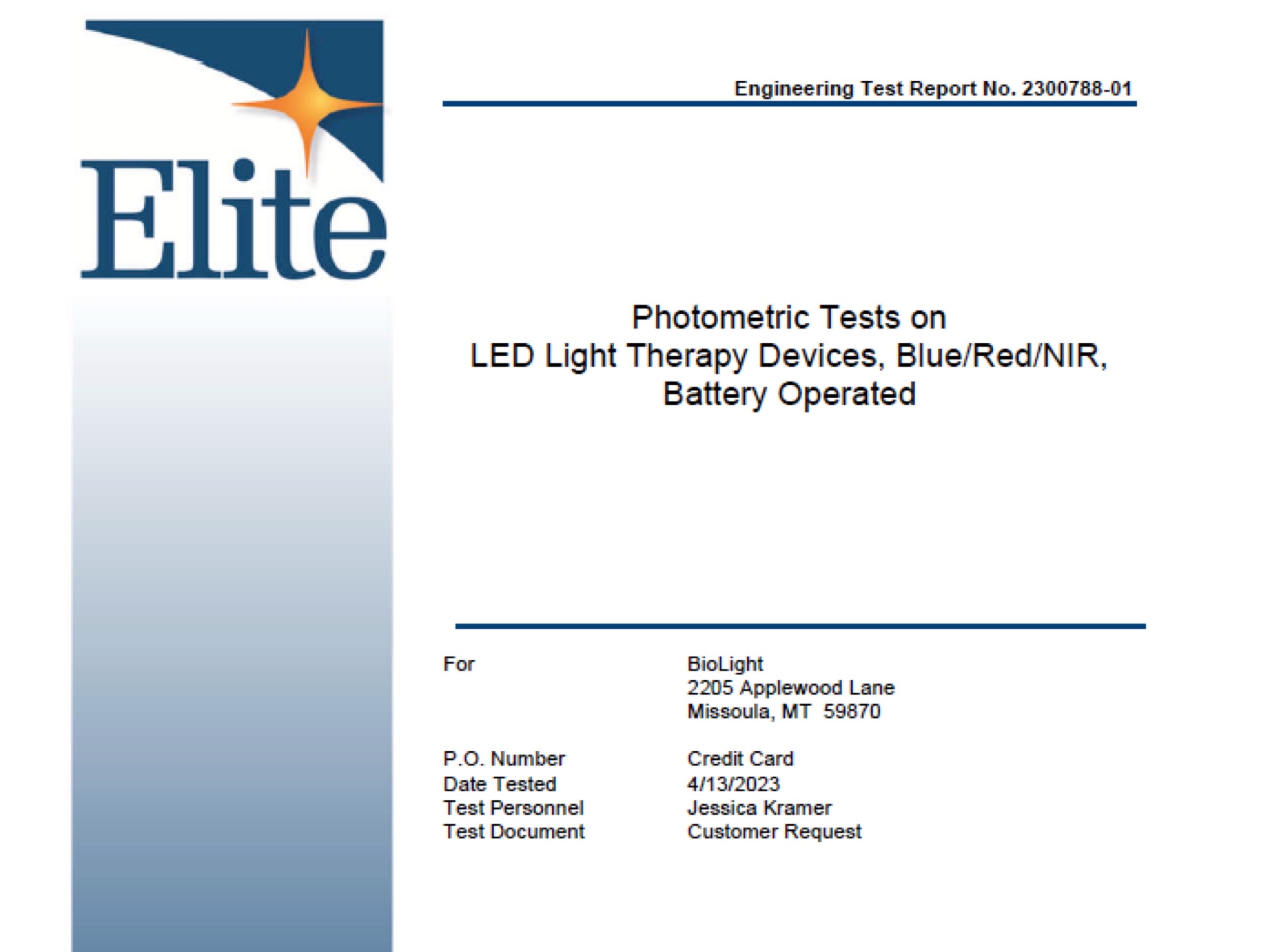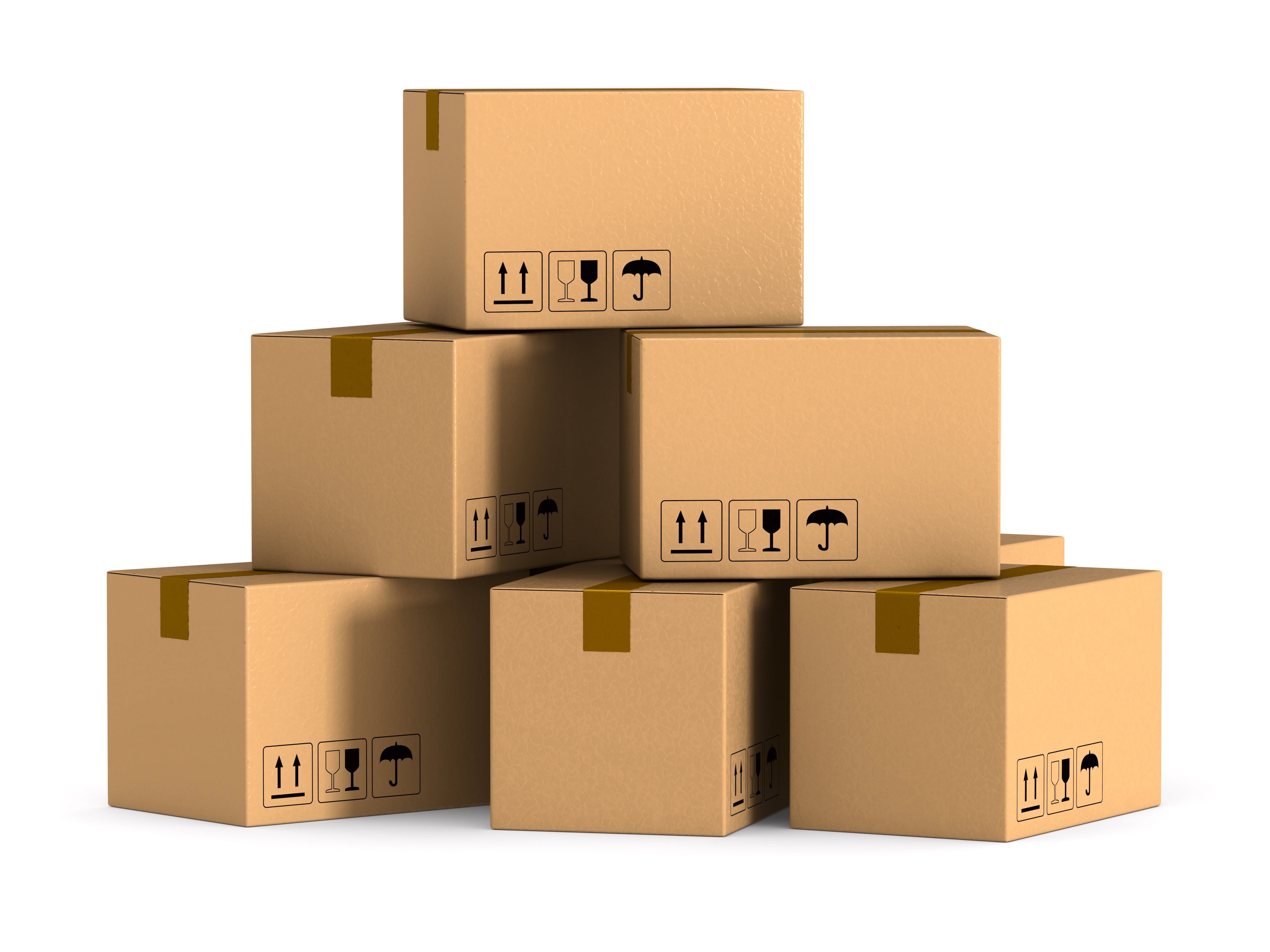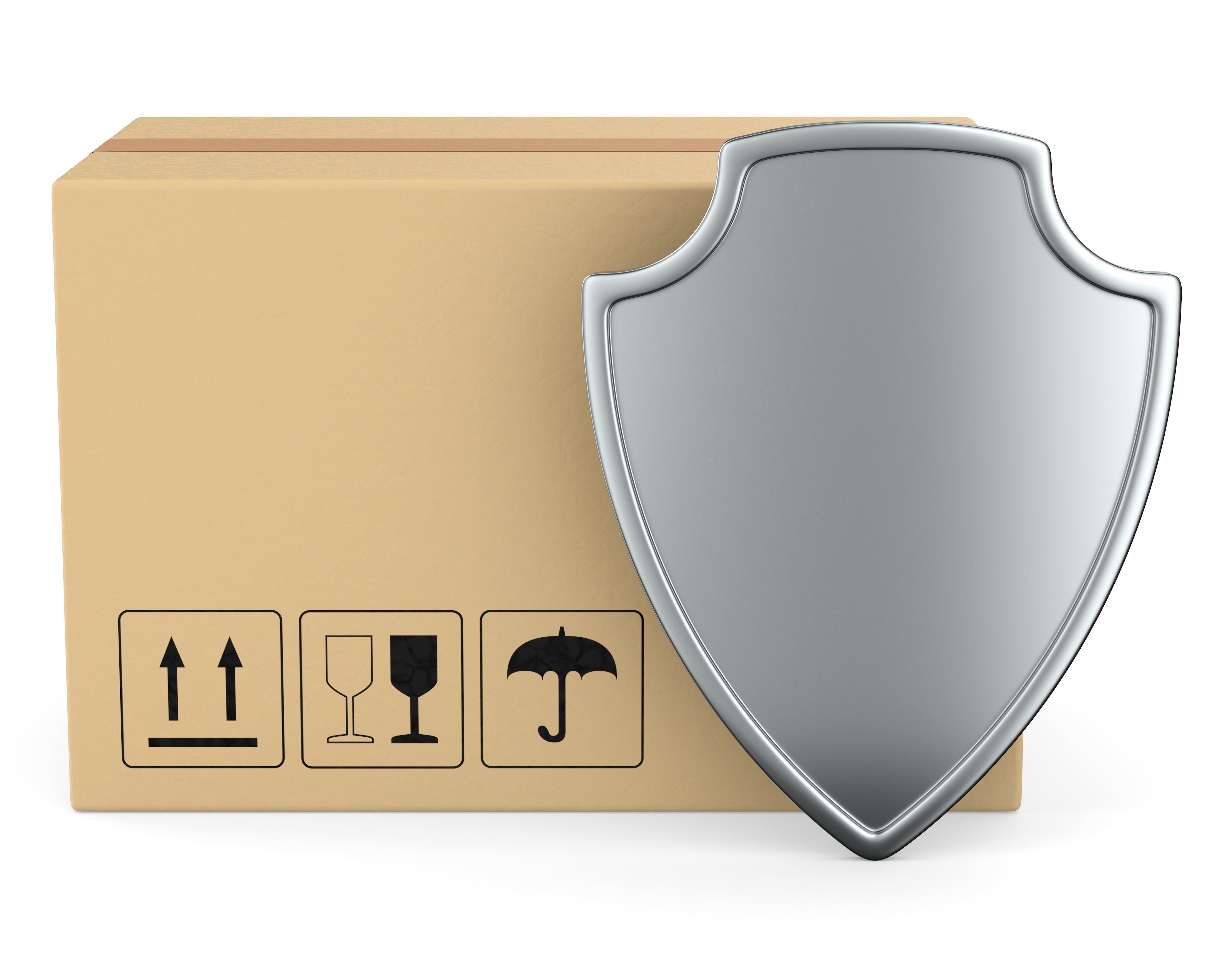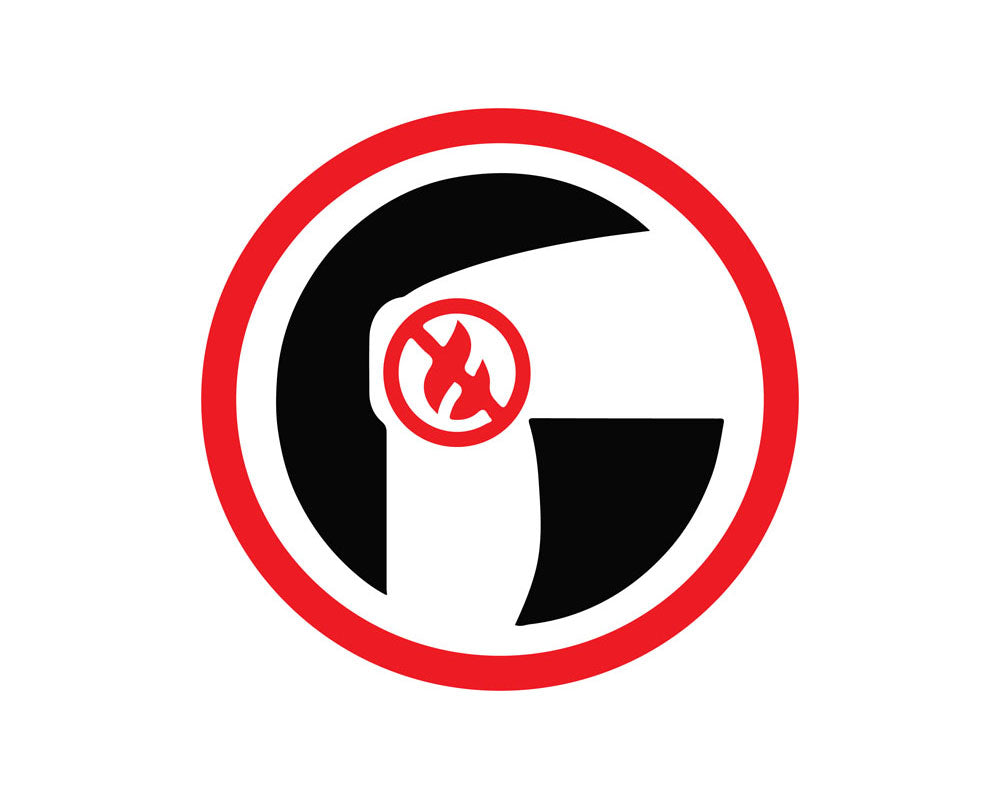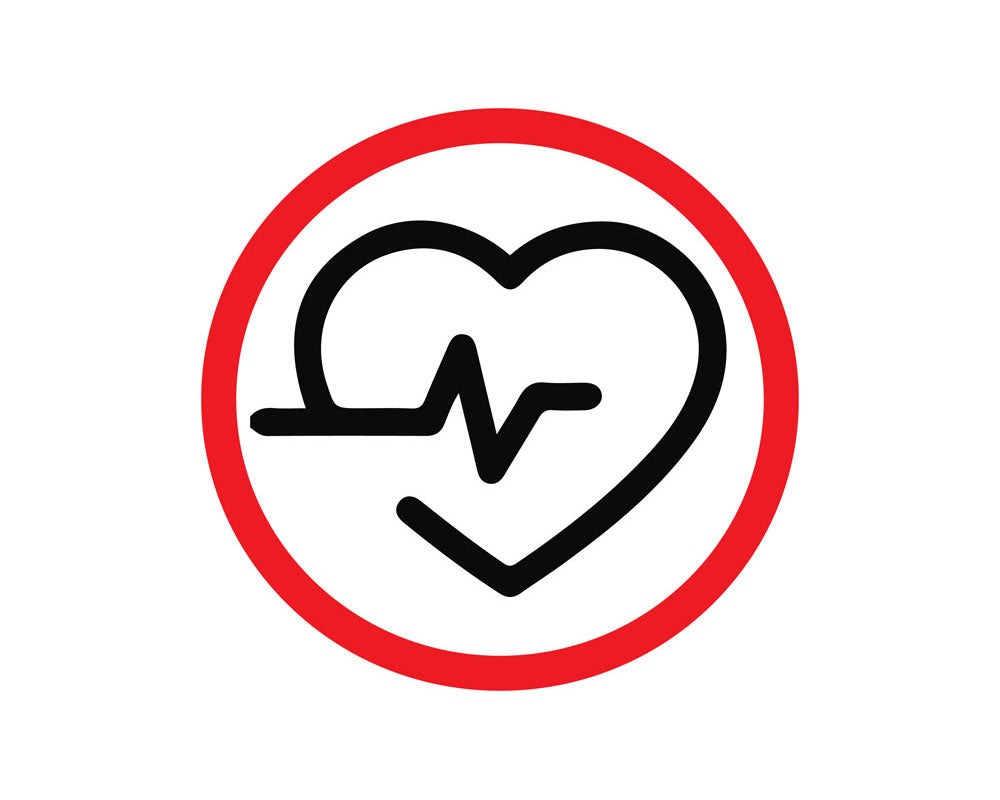How does RLT help?
There are two potential mechanisms in which red light therapy (RLT) may reverse or prevent shrinking of the thymus:
(1.) by inducing melatonin production
(2.) stimulation of bone marrow stem cells that can replenish the thymus
This theory puts forward a compelling hypothesis that RLT can alter thymic shrinking, improve immune functioning in the aging population and even extend lifespan.

Tell me more...
Degeneration of lymphoid organs associated with the immune system, including the thymus gland, occur as a normal part of aging. Atrophy of the thymus and the subsequent reduction in T-cell production are the most noticeable age-related changes affecting lymphoid organs in the immune system.
The process of thymic involution (shrinking) involves disruption of the histological structure of the thymus and a marked reduction in the production of naïve T cells. These changes can be used as biomarkers of life expectancy. In fact, thymic involution has been described as “programmed aging.” Innovative therapeutic approaches like RLT may reduce or reverse these changes.
In experimental models, the degree and type of immune responses to RLT are influenced by the anatomic surface where treatment is applied. For example, immunomodulatory effects appeared to be more effective when applied on the thymus areacompared to limbs, with a favorable rise in interleukin (IL)-2, nitric oxide and heat shock protein production. Treatment dose, cumulative dose and duration of exposure also appear to play a role, where excessive treatment duration may even cause attenuation and reversal of treatment efficacy toward immunosuppression.
One of the central effects of RLT on the immune response is via the modulation of neutrophil function by balancing neutrophil numbers, improving neutrophil efficiency and modulating the neutrophil extracellular trap formation. It is well documented that various immune response processes are highly dependent on cellular energy, the latter being depressed in sepsis and septic show cases. The mitochondria probably act as photo-acceptors for RLT and robustly reactivate cellular energy synthesis to re-establish ATP levels in a variety of cells, including lymphocytes and macrophages, and through several pathways that trigger activation of nucleic acid synthesis and cellular proliferation.
Several experimental studies in humans and animals have demonstrated that RLT potentially moderate lung inflammation, fibrosis, pneumonia, and acute respiratory disorders. RLT increases microcirculation, lymphatic drainage, cellular metabolism, healing promotion and tissue regeneration, thereby alleviating many acute and chronic conditions. Therefore, RLT has the possibility of suppressing ARDS.
Considering the pathophysiology of COVID-19 and potential positive effects of RLT in balancing the function of the immune system, this treatment modality could be effective in severe COVID-19 cases with ARDS. COVID-19 mortality is mainly because of cytokine storm in severe cases. PBM has the potential to decrease the level of pro-inflammatory cytokines such as IL-1β, IL-6, IL-8, TNFα, and MCP-1 and improve the balance of IL-10. These effects can balance immune response and de- crease the impact of cytokine storm. RLT is mainly local and has very limited adverse side effects. Unlike corticosteroids, it does not cause delayed body response to virus elimination, secondary infection, or longer hospitalization period.
Research in 2017 showed that RLT enhanced cell apoptosis in human immunodeficiency virus (HIV- 1) infected cells but had no inhibitory effects on HIV-1 uninfected cells. Interestingly, ROS has been suggested to be responsible for many aspects of HIV-1 pathogenesis such as increase viral replication, reduced immune cell proliferation, loss of immune function, and sensitivity to drug toxicity and chronic weight loss. RLT can improve the activity of antioxidant enzymes through a photochemical process that accelerates the elimination of ROS.
Evidence supports RLT as a natural, non-invasive and safe method for modulating the immune responses at multiple levels and stimulating tissue healing. RLT can potentially reduce the viral load and bacterial super-infections in patients with COVID-19 infections.

What does the research show?
“In the short term, PBM therapy could improve recovery from COVID-19 and reduce the risk of post-infection sequalae. In the longer term, PBM therapy could improve the comorbidities that increase vulnerability to viral infection in these populations.” (1)
“Our findings revealed that the PBM could be helpful in reducing the lung inflammation and promoting the regeneration of the damaged tissue. PBM can increase the oxygenation indirectly in order to rehabilitate the affected organs. Thus, the infra-red lasers or light-emitting diodes (LEDs) are recommended in this regard.” (2)
PBM may also help to balance the immune system and reduce immune hyperactivity to resist progression to a cytokine storm.” (3)
“This systematic review and meta-analysis revealed that the PBM therapy does utilize beneficial anti-inflammatory effect, modulation of the immune system, lung permeability, or bronchoalveolar lavage on lung damage in both animal models and clinical studies.” (4)
PBM resulted in lymphocyte proliferation and enhanced lymphocyte ATP synthesis compared to controls, and the 60-day survival rate of the PBM group was double that of the control group. (5)
"Our recent study showed that LLLT bolstered ATP production and mitochondrial biogenesis in MKs (bone marrow cells)." (6)
"These results suggest that LLLT prevents platelets from apoptosis and prolongs their lifespan in the presence of anti-platelet antibody.” (7)
“Noninvasive whole-body illuminations with the LLT cured acute thrombocytopenia induced by irradiation, chemotherapeutic drug, or anti-CD41 antibody much faster than sham-light treatment.” (8)
**While the current scientific research seems to indicate many positive benefits of RLT in relation to immune system disorders, there is still an appreciable necessity for more extensive research to be conducted in this area, including double-blind RCT (randomized controlled trials), to provide a more comprehensive, robust overview that will further elucidate the optimal parameters & appropriate uses of RLT, which will ultimately lead to the most safe & efficacious uses for individuals dealing with depressed immune systems.
Citations
(1) Liebert, Ann et al. “A Potential Role for Photobiomodulation Therapy in Disease Treatment and Prevention in the Era of COVID-19.” Aging and disease vol. 11,6 1352-1362. 1 Dec. 2020, doi:10.14336/AD.2020.0901
(2) Nejatifard, Marzieh et al. “Probable positive effects of the photobiomodulation as an adjunctive treatment in COVID-19: A systematic review.” Cytokine vol. 137 (2021): 155312. doi:10.1016/j.cyto.2020.155312
(3) Liebert, Ann et al. “A Potential Role for Photobiomodulation Therapy in Disease Treatment and Prevention in the Era of COVID-19.” Aging and disease vol. 11,6 1352-1362. 1 Dec. 2020, doi:10.14336/AD.2020.0901
(4) Raji, Hanieh et al. “The Probable Protective Effect of Photobiomodulation on the Inflammation of the Airway and Lung in COVID-19 Treatment: A Preclinical and Clinical Meta-Analysis.” Advances in experimental medicine and biology vol. 1376 (2022): 29-44. doi:10.1007/5584_2021_665
(5) Yu W, Chi LH, Naim JO, Lanzafame RJ (1997). Improvement of host response to sepsis by photobiomodulation. Lasers Med Sci, 21:262-268.
(6) Zhang, Q., Dong, T., Li, P. & Wu, M. X. Noninvasive low-level laser therapy for thrombocytopenia. Sci. Transl. Med. 8, 349ra101 (2016).
(7) Zhang, Q., Dong, T., Li, P. & Wu, M. X. Noninvasive low-level laser therapy for thrombocytopenia. Sci. Transl. Med. 8, 349ra101 (2016).
(8) Zhang, Q., Dong, T., Li, P. & Wu, M. X. Noninvasive low-level laser therapy for thrombocytopenia. Sci. Transl. Med. 8, 349ra101 (2016).
